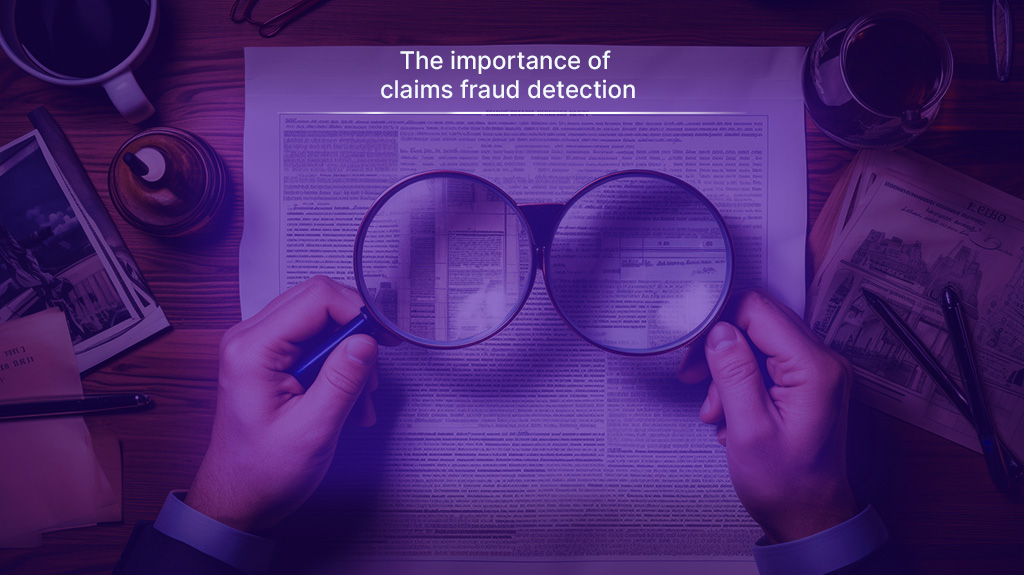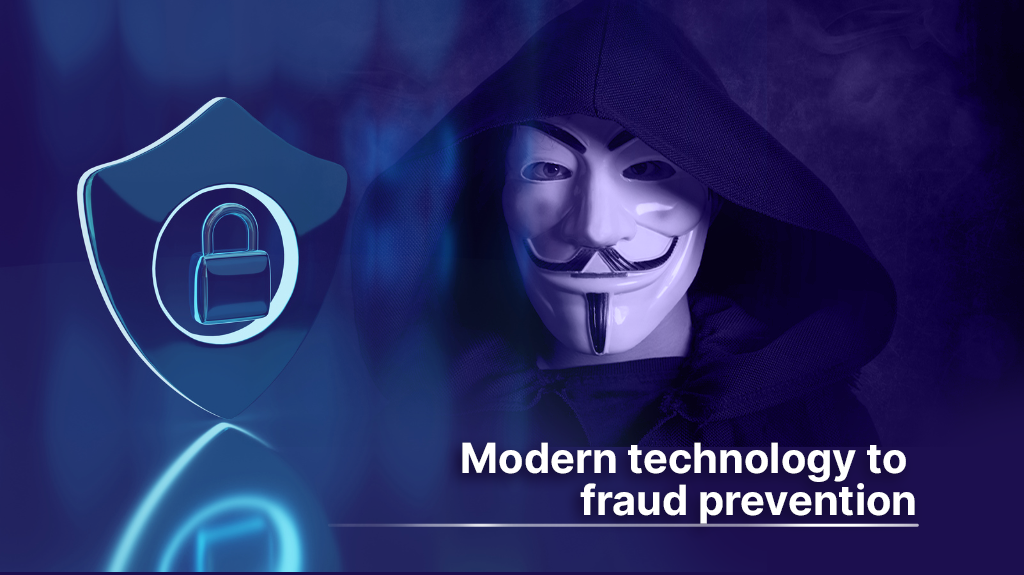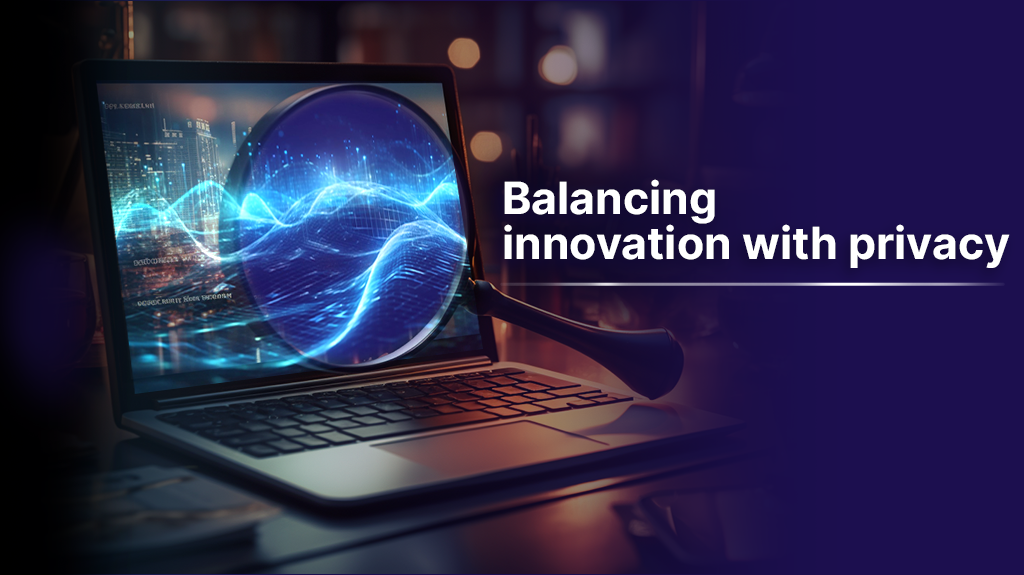Insurance companies are no strangers to fraud. According to the FBI, insurance fraud costs the industry about $108 billion per year, with healthcare fraud making up the majority of fraud at $68 billion. Fraud can take many forms, such as:
- Padding or inflating claims
- Misrepresenting facts
- Submitting claims for injuries or damages that did not happen
Understanding Fraud Analytics: What It Is and Why It's Important
In the past, many fraudulent activities went undetected because insurance companies and their agents did not have the resources to counter the claims.
Today’s technology can provide the insurance industry with solutions that can improve fraud detection. Lifestyle analytics is one technology that helps insurers build profiles of policyholders and prospective customers to help identify possible fraud.
What Is Lifestyle Analytics?
Before the 21st-century advances in technology, lifestyle analysis was a marketing forte. Surveys were conducted, and demographic information was collected. The data was then placed into spreadsheets or databases to help segment potential customers according to lifestyle preferences. This lifestyle segmentation was used to tailor products to certain individuals or develop marketing strategies to improve sales.
Lifestyle analytics has applied advanced technologies such as artificial intelligence to the concept of lifestyle segmentation. With the technology, data points collected from online social media sources and IoT are contrasted with existing claim information to identify potential fraud. Fraud analytics in insurance can be applied throughout the enterprise to highlight areas of possible fraud.
How Does Lifestyle Analytics Work?
Lifestyle analytics searches publicly available data that can be ingested by artificial intelligent applications to identify questionable claims. Fraud detection and prevention from the predictive capabilities of artificial intelligence can help high-fraud insurers such as healthcare and automotive. The following are examples of how fraud analytics can be used in insurance.
Insurance
When individuals apply for health, life, or disability insurance, they are asked questions about their lifestyle. Do they smoke? Do they scuba or skydive? How much do they exercise per week? What is their BMI index? For the most part, insurers have to take the information at face value. The companies can’t follow each applicant to see if they exercised five times a week.
Technology can flag inconsistencies through their online presence on Facebook, Twitter, or Instagram, for example. There are industry-specific public forums and different topic-related support groups. Using the information gained from online sources, lifestyle analytics can highlight discrepancies.
For example, an applicant for insurance indicates a semi-active lifestyle with no smoking or scuba diving. The technology searches social media to determine how accurate that assessment is. Its search shows that the applicant was part of a “quit smoking” support group. Since smoking can raise life insurance premiums by over 200%, the applicant’s form is flagged.
Insurers follow up with applicants to determine if they are still smoking and clarify when they may have stopped. Without the predictive capabilities of analytics, the carrier would have lost money by issuing a policy at a lower premium. The loss could be compounded if the applicant applies for additional insurance with the same carrier. The insurer assumes a non-smoker and issues a lower premium policy.
Accidents
How many times has an alleged accident victim been portrayed in movies as being a fraud? The victim claims a severe injury only to be discovered doing activities that negate the injury claim. But what happens in real life?
With lifestyle analytics, insurers can look for inconsistencies in behavior or activity levels. For example, a claimant seems to be extending his disability claim beyond what is considered reasonable for the type of injury. Predictive analytics would identify the reasonable recovery time from its analysis of historical data on similar injuries. The claimant’s recovery would be compared with the predicted recovery period, and social media data points would be checked for contradictory behaviors.
From the search, the insurer learns that the claimant is playing golf on the weekend. The insurer can use the information to deny the claimant’s request for extended benefits. The company does not suffer a loss by paying benefits that were not deserved.
Property Damage
Policyholders file a claim indicating that an insured item has been damaged when it has not. This type of fraud is common after natural disasters or severe storms. Depending on the item, the carrier may not be able to verify the claim. The insurer can only accept the claimant’s affidavit and pay the claim. What if the company were able to check the validity of the claim before paying?
Some behaviors serve as predictors of fraud. For example, increasing the amount of insurance, missing police reports, lack of witnesses, or delays in filing claims can all be indicators of possible fraud. There may also be lifestyle choices that make it more likely that the claim is false. With machine learning, technology processes volumes of data from social and lifestyle media to determine patterns indicative of possible fraud.
Artificial intelligence can analyze diverse data points to find correlations that humans cannot. Sometimes those relationships may be surprising. Insurance fraud often involves multiple people. For example, the insured submits a cost estimate that appears higher than anticipated. After scouring the internet, the technology finds a connection on Facebook and LinkedIn between the claimant and the company doing the repairs. That information is a red flag that needs to be investigated for possible fraud.
Lifestyle analytics uses publicly available information and machine learning to establish changes in behavior that can predict possible fraud. With artificial intelligence, the technology can refine its analysis, making for more accurate results.
How to Improve Claim Fraud Detection
Pilotbird provides lifestyle analytics for fraud detection that enables life and health insurance companies to reduce claims leakage. A 6% reduction is anticipated when our solutions are deployed. We focus on gathering insights from publicly available data using social media and search sites and use the data to develop segmentation profiles that help insurers improve their fraud monitoring with OSINT.
Not only does lifestyle analytics help detect possible fraud, but it also generates actionable insights within the context of a lifestyle profile. To learn how Pilotbird’s solutions can help reduce afraid leakage, contact us for a consultation. We can help no matter where you are on your technical journey.
Sources
https://www.reutersevents.com/insurance/fraud/role-data-and-analytics-insurance-fraud-detection
https://www.iii.org/article/background-on-insurance-fraud#Use%20of%20technology%20to%20combat%20fraud




Leave a Comment
Your email address will not be published. Required fields are marked *